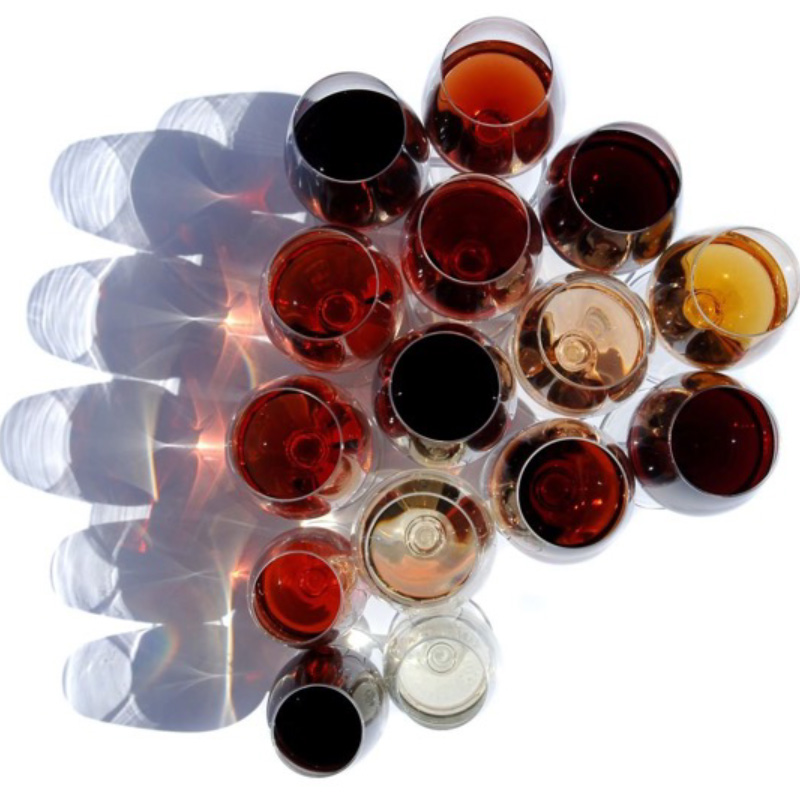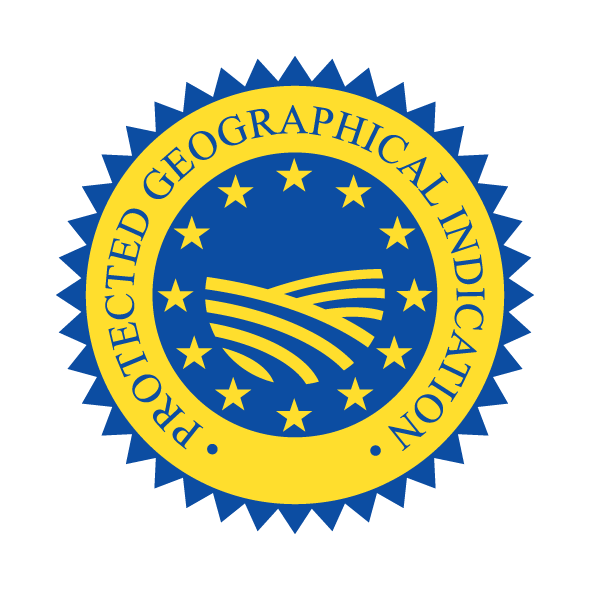European Grenache/Garnacha may thrive in certain conditions—warm dry climates, poor soils—but it is a great vessel of terroir, the Mediterranean’s answer to Pinot. Like that other celebrated chameleon, it appears in a variety of clones, red, white and gray (plus a tintorera and peluda strain, so named for its “hairy” leaves); also like Pinot, it can present in many guises, including red and white table wine, sparkling wine, dry rosé and dessert wine. Here’s what to know about seven essential styles of European Grenache/Garnacha from the grape’s native region of northeastern Spain and southern France.


- Sparkling Garnacha is a niche style, but perhaps not for long. Sparkling Garnacha is making headway in the Spanish appellations of DO Cariñena and DO Campo de Borja. These regions have continental climates and high-elevation vineyards that preserve acidity and contribute cherry, floral and herbal flavors. Sparkling Garnacha can be sweet to bone-dry, fresh or long-aged.
- Higher altitudes, minerally soils and maritime influence can all promote a light-bodied, crisp style of white wine from white and gray Grenache. DO Cariñena and DO Campo de Borja also excel here, as do the Spanish regions of DO Calatayud, DO Somontano and DO Terra Alta, and France’s AOPs & IGPs of Côtes du Roussillon, Côtes Catalanes and Côte Vermeille. These are wines of elegance and finesse, and may have apple, peach, quince, lemon and saline elements.
- Full-bodied whites can be found in these regions too, with the warmer Mediterranean climates of DO Terra Alta and the Roussillon’s AOP Collioure providing a bit of extra plumpness to Grenache. (DO Terra Alta is home to around 30% of the world’s white Garnacha plantings.) These lush, round whites may feature citrus oil, honey, currant and melon flavors, along with a bouquet of floral aromas.
- Dry rosé is now a juggernaut in the Mediterranean, and Garnacha/Grenache is a big part of the movement toward quality, appearing throughout northeastern Spain and Roussillon GIs in a variety of styles. DO Calatayud’s slate vineyards and ample sunshine may encourage more robust, mineral, dark-fruit versions, while DO Cariñena wine is more floral and herbal. Strawberry, watermelon, rhubarb and rose are hallmarks of these refreshing, vivacious European Garnachas.
- Elegant and full of character, light-bodied red Garnacha belongs on the table with fish, poultry and vegetarian dishes. Redolent of strawberry, raspberry, cherry and pepper, these wines can be found around northeastern Spain and southern France, especially where cool nights and regular breezes balance ripeness and acidity. DO Campo de Borja and DO Cariñena offer very fine expressions, as do standout communes in the Côtes du RoussillonVillages appellations: Caramany, Latour de France, Lesquerde, Tautavel and les Apres yield a range of lighter-style Grenaches, many made with carbonic maceration and minimal oak to preserve fresh fruit flavors.
- Full-bodied red Garnacha remains a specialty of this corner of the winegrowing world, as poor soils, dry conditions, old vines with deep roots, and low yields concentrate flavors and tannins in the grapes, unlocking robust, structured wines with deep blackberry, currant, allspice, anise and tobacco flavors. In Roussillon GIs, winemakers ply gray and black schist vineyards to make rich AOP Collioure and AOP Maury Sec Grenaches, while DO Somontano and DO Calatayud, in Spain, produce bold Garnachas with ripe fruit and mineral backbone.









